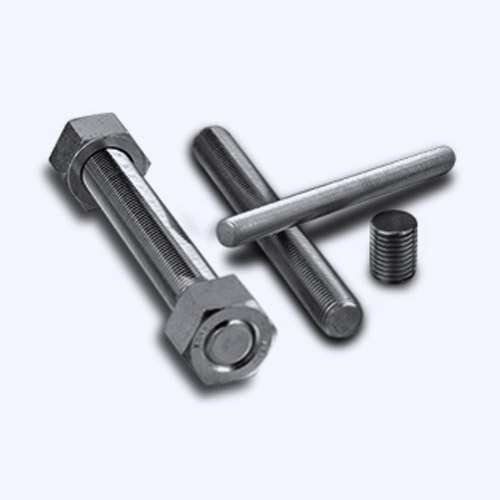Dec . 04, 2024 01:53 Back to list
Durable Wide Washers for Enhanced Load Distribution and Support in Various Applications
Understanding Heavy Flat Washers A Comprehensive Guide
Heavy flat washers play a crucial role in various applications across many industries, including construction, manufacturing, and automotive engineering. As a fundamental component, they provide critical support in load distribution and help to prevent damage to surfaces and components they are used with. This article will explore the significance of heavy flat washers, their design features, applications, and considerations when selecting the best types for specific projects.
What are Heavy Flat Washers?
Heavy flat washers are disc-shaped fasteners characterized by their larger dimensions compared to standard flat washers. Typically made from materials like steel, stainless steel, and brass, these washers provide increased load-bearing capacity. The primary function of a heavy flat washer is to spread the load of a fastener, like screws or bolts, over a larger surface area. This reduces the risk of damage to the material being fastened and helps to maintain the integrity of the joint, particularly in applications subject to vibration or dynamic loads.
Key Features of Heavy Flat Washers
1. Increased Thickness and Diameter Heavy flat washers are designed with a greater thickness and diameter relative to standard washers. This feature enhances their load-bearing capacity, making them ideal for high-stress applications.
2. Material Composition Depending on the application, heavy flat washers can be manufactured from various materials. Steel washers offer strength and durability, while stainless steel options provide resistance to corrosion. For applications requiring electrical conductivity or resistance to extreme temperatures, brass washers are often used.
3. Finish and Treatment The surface finish of heavy flat washers can vary depending on the requirements of a specific application. Options include galvanization, black oxide, or zinc plating, which enhance corrosion resistance.
4. Load Distribution The larger surface area of heavy flat washers plays a significant role in load distribution. This capability is particularly useful in applications where the materials being fastened are soft or prone to deformation under stress.
Applications of Heavy Flat Washers
Heavy flat washers find applications in various fields
1. Construction In construction, heavy flat washers are commonly used in bolted joints for steel structures and in concrete applications. Their enhanced load distribution properties reduce stress concentrations and minimize the risk of material failure.
heavy flat washers

2. Automotive Heavy flat washers are integral in automotive applications, where they secure components like axles and suspension parts. They ensure that bolts and screws maintain tight connections under the vibrations and movements associated with vehicle operation.
3. Machinery and Equipment In mechanical systems, heavy flat washers are crucial for maintaining the integrity of assemblies subjected to high loads and dynamic forces. Their ability to spread force minimizes the chances of fatigue failure.
4. Assembly and Fabrication Many assembly and fabrication processes rely on heavy flat washers to ensure tight, secure connections. This is particularly important in applications where alignment and precision are critical.
Choosing the Right Heavy Flat Washer
When selecting heavy flat washers for a specific application, several factors should be considered
1. Load Requirements Identify the load and load distribution requirements of your project to ensure you choose an appropriately sized washer.
2. Material Compatibility Consider the environmental conditions of the application, such as exposure to moisture or chemicals, and select a washer material that offers the necessary resistance.
3. Thickness and Diameter Choose washers that adequately meet the specifications for load distribution without causing material deformation.
4. Standards and Regulations Ensure that the chosen heavy flat washers meet industry standards and regulations, especially for applications involving public safety or compliance requirements.
Conclusion
Heavy flat washers are essential components in many mechanical and structural applications. Their role in load distribution and surface protection cannot be overstated. By understanding their features, applications, and selection criteria, engineers and builders can make informed decisions that enhance the reliability and effectiveness of their projects. Whether in construction, automotive, or machinery, heavy flat washers are components that support the integrity and longevity of assemblies, ensuring safety and functionality in demanding environments.


